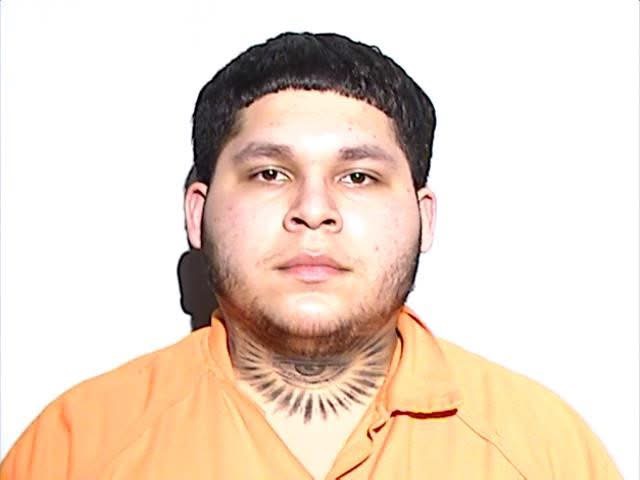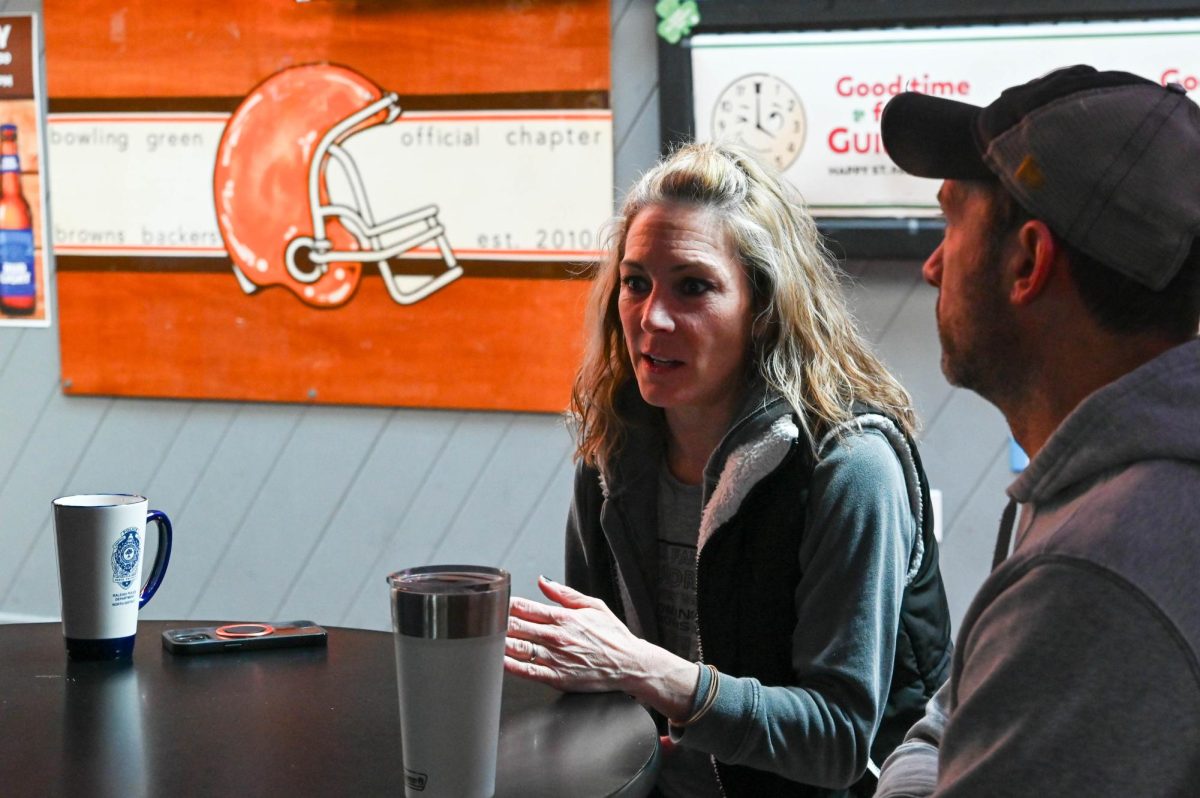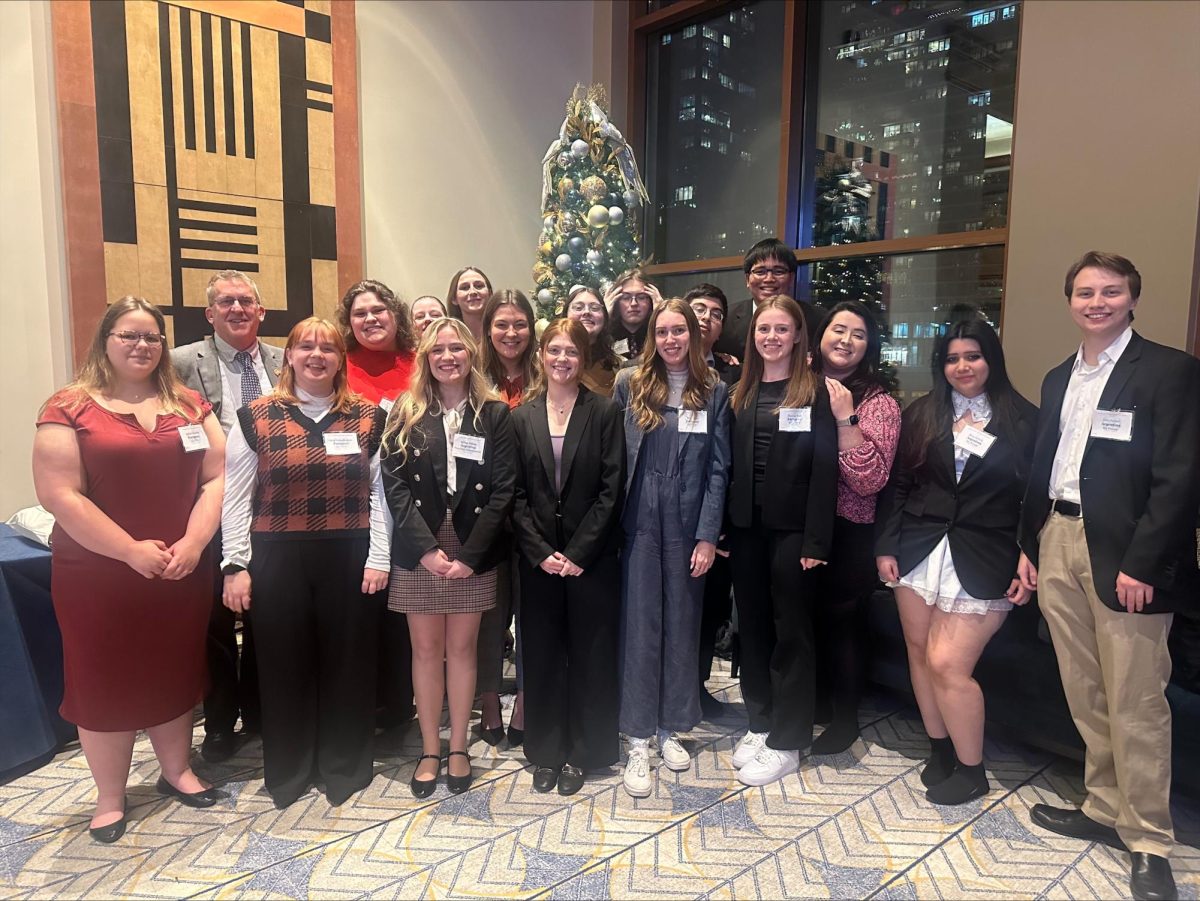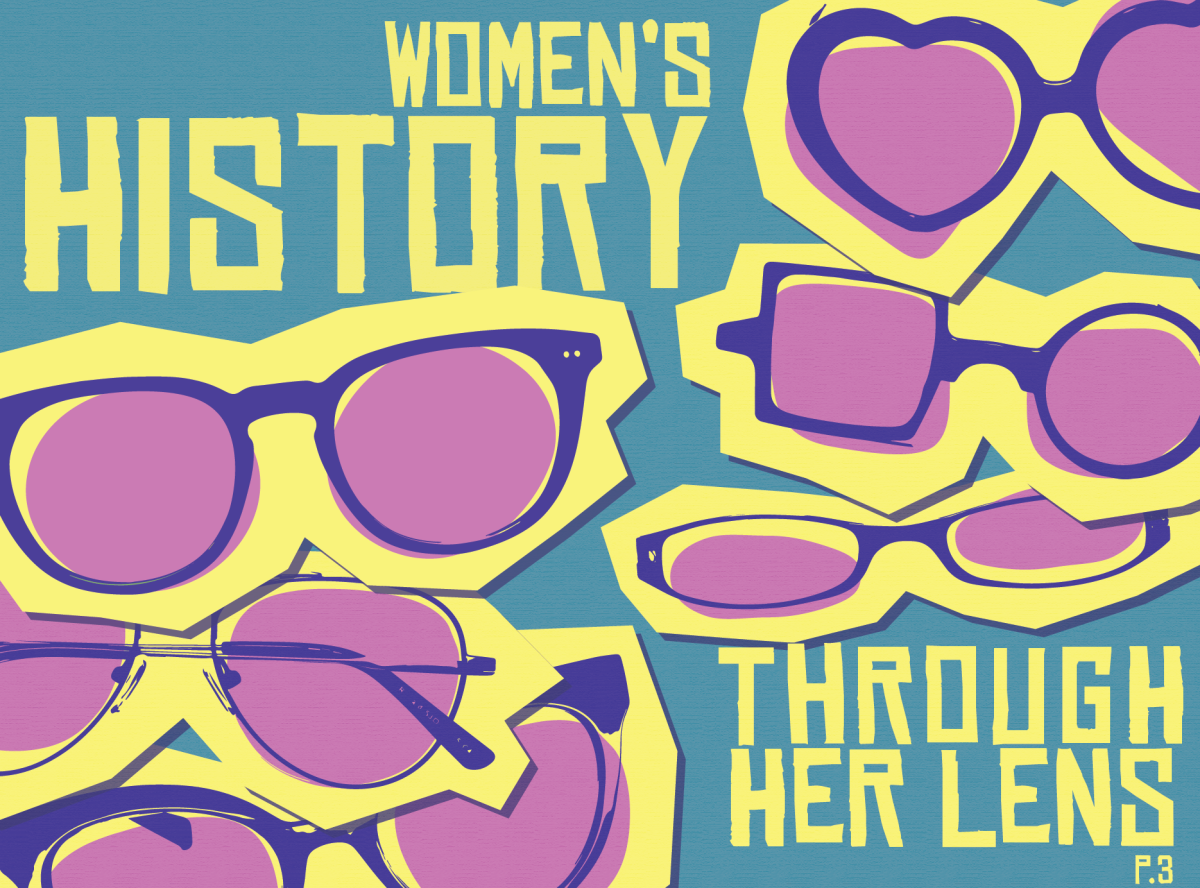On Jan. 23,1849, Elizabeth Blackwell became the first female medical doctor in American history. As a pioneer for women in the field of medicine, Blackwell’s acceptance into medical school was considered a joke by her classmates and her career was marked by years of struggle.
Blackwell was rejected by 17 medical schools before she applied at the Geneva Medical College (now called Hobart and William Smith Colleges) in upstate New York.
Dean Lee of Geneva was hesitant to refuse any student to the struggling college, but a woman presented a special case. The faculty decided to hinge her admittance on the approval of the all male student body, so the proposition was left up to a vote. “Even one negative vote, the dean said, would eliminate her,” according to a Hobart Web site. “The whole affair assumed the most ludicrous aspect for the class.”
One classmate recalled the rowdy classroom the day of the vote. “We thought it might be fun, and relieve the monotony, to have a girl in our class. Everybody voted ‘aye’ except one wretch, who was pounced on from all quarters until he yelled, ‘Aye! I vote aye!'” Stephan Smith said. Overall, the students had a practical joke against the faculty.
Upon her arrival in Geneva, Blackwell was ostracized by the small community, and a debate ensued among the residents over whether she was simply bad or insane. She was met with stares in public and women crossed the street to avoid meeting her. In the classroom, Professor Webster tried to bar Blackwell from anatomy labs. The subject matter was embarrassing for mixed company, “but she politely demanded the right to attend all sessions,” according to the Hobart Web site.
Blackwell also had difficulty obtaining her required internship. After she was accepted at Philadelphia’s Blockley Almshouse, an infirmary for the poor, male colleagues tried to sabotage Blackwell’s work.
As a sign of disrespect, resident physicians refused to call her an intern, which was a title given to male students. “They snubbed her openly and refused to enter diagnosis and treatment information on patients’ charts while she was in attendance.”
Blackwell later recalled being shut out by the Blockley residents. “It meant I had to figure out what was wrong without the doctors’ help. It pushed me way ahead,” she said. Despite all the obstacles placed in her path, Blackwell graduated at the top of her class, according to Britannica online.
After graduation, Blackwell formed a women’s hospital in 1851 called the New York Infirmary for Women and Children. “A decade later came the hospital’s medical school for women, an institutional showcase that trained hundreds of women doctors before merging with Cornell in 1899,” according to the History Channel Web site.
Blackwell’s legacy is apparent by the previous barreddoors she opened for women. At the time of her death in 1910, “a total of 7,399 women had become licensed physicians and surgeons in the United States.”







